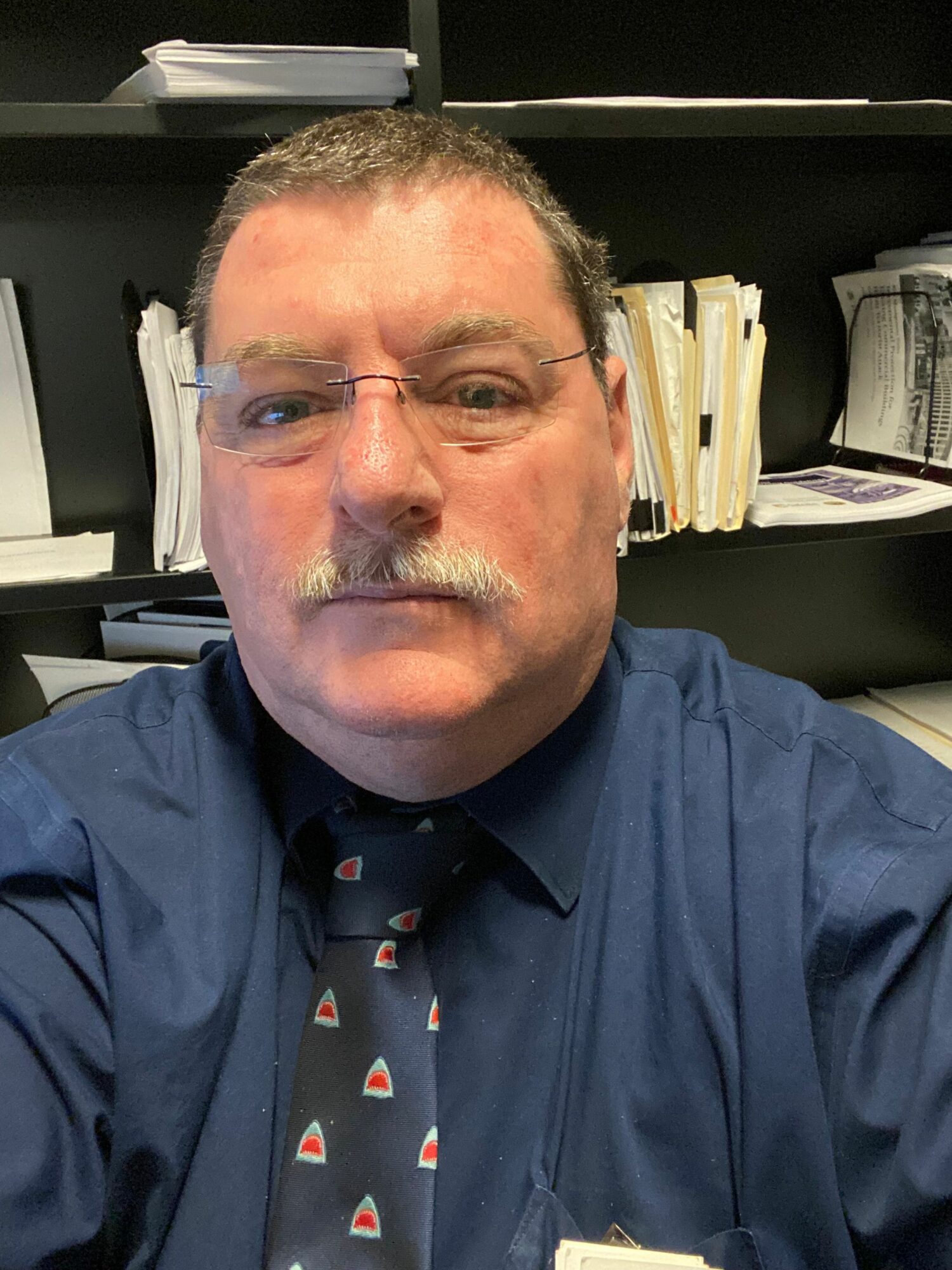

Today we’d like to introduce you to Grant Madden.
Can you talk to us a bit about the challenges and lessons you’ve learned along the way. Looking back would you say it’s been easy or smooth in retrospect?
Emergency Management is not part of Homeland Security but some criteria is applied to a lot of Emergency Management positions. Emergency Managers work in both private and public sectors with access to sensitive documentation. Navigating the training and credentialing as a “foreign national” in the post 9/11 era was restrictive requiring extensive background checks.
To enter the country because I had been “exposed” to hazardous chemicals as a police officer, I had to undergo additional medical clearances, any of which could have prohibited my entry. Then after arriving, not all avenues were available to me pending my citizenship status. As I navigated from conditional green card to permanent resident then citizen, opportunities were not available making the new career a longer process.
Then there’s the language barrier. The Australian accent is a thick annunciation on vowels. In Southern California, if English is not your first language, my accent is hard to understand. Ordering food, interacting at the bank, even spelling requires me to to modify my speech in order to be understood.
Alright, so let’s switch gears a bit and talk business. What should we know?
The UC San Diego Center for Health Care Cybersecurity is focused on patient care from cybercriminals. Healthcare is a data rich environment and lucrative for cybercriminals – it can also be fatal for patients. Inability to access a patient’s history or medications in a ransomware event can prove fatal. Rural facilities make up the majority of healthcare in the USA, most are underfunded and under resourced. If those facilities can’t stay open and care for patients – how long is the drive to the next location? We don’t have all the answers but we’re trying to find some of the answers to help all healthcare locations.
I’m not an IT guy, I’m not a doctor. I’m a guy with a laptop trying to reverse engineer “what does the most at risk patient need if a hospital is ransomwared, and how can I prepare a hospital for it.”
The UC San Diego Center for Healthcare Cybersecurity has several areas of research work, mine is just one that is working to continue healthcare in the face of adversity.
Are there any apps, books, podcasts, blogs or other resources you think our readers should check out?
The past 18 months has been “research intensive”. There is research of ransomware and hospital response, but not always in my field.
In the 1995 Great Hanji Earthquake in Japan, amateur radio was used to report pharmacy medications between hospitals for injured people. Amateur Radio Emergency Services (ARES) exist in every county across the USA – is that a resource that can be used as a template for a hospital in ransomware?
The University of Vermont Medical Center had a ransomware attack in 2020. Is their After-Action Report a blueprint I can adopt in a nationwide document?
In 2024 One Blood, a regional blood supplier in Florida was ransomwared. There are only five (5) national blood supply centers in the country – the nearest to Southern California being in Phoenix. After the September 11 2001 attacks, blood was needed in New York and all five began forwarding their blood east. How does a hospital obtain their blood supply if they can’t order it?
Trying to decipher past events and apply it to our work has been mentally challenging. I do a lot of reading of research and journal articles in the digital medium. When I leave “work” and return home, I like the feel and smell of books. Old books particularly. I’m currently reading “Gypsy Moth Circles the Globe”, the story of Francis Chichester who became the first to non stop solo circumnavigate the earth in a yacht in 1966.
Contact Info:
- Website: https://cyberhealth.ucsd.edu/
- LinkedIn: www.linkedin.com/in/ grant-madden-3bb39010b
















